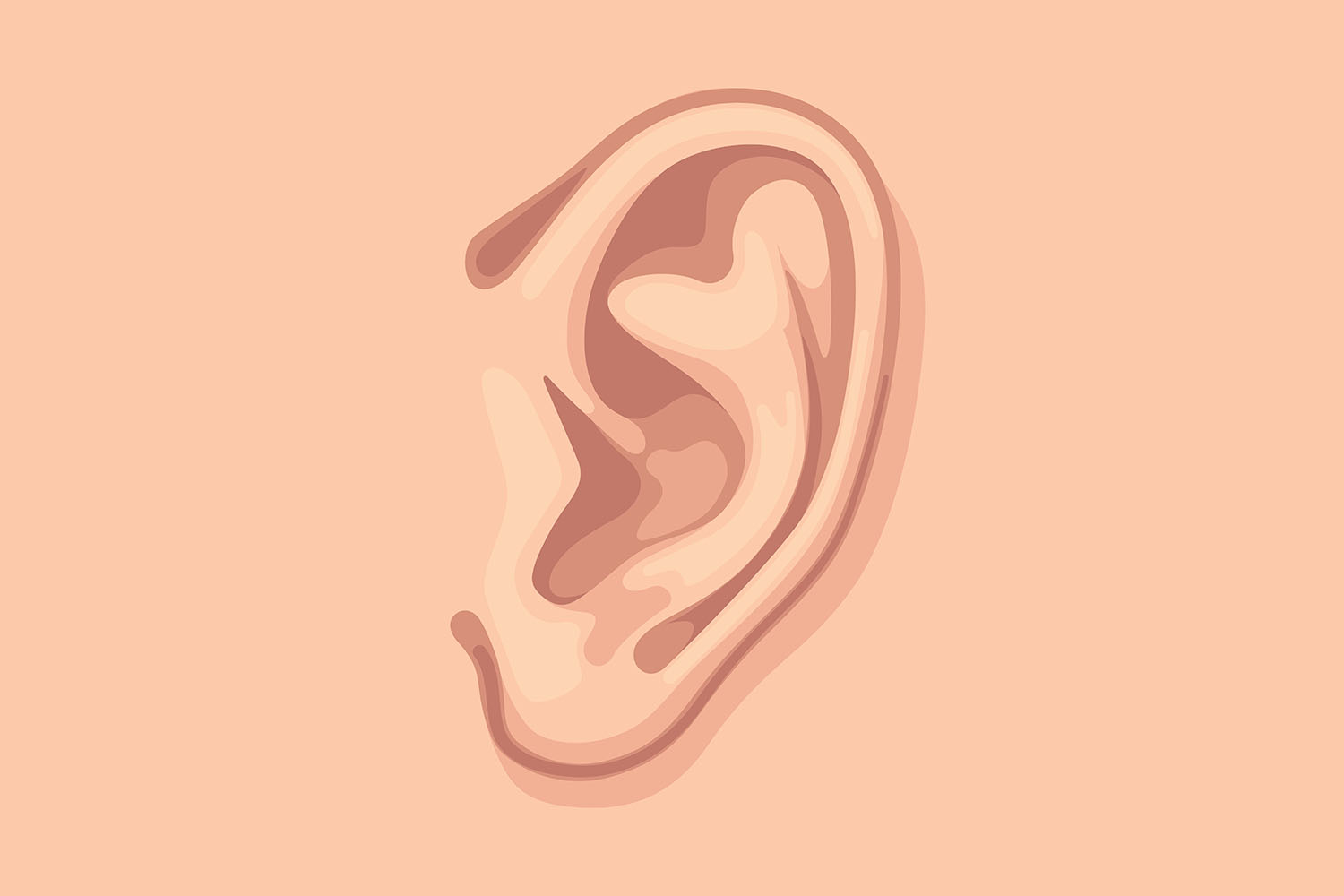Overview
Ear clipart serves as a valuable tool for educators, medical professionals, designers, and anyone needing a visual representation of the ear. These illustrations range from simple and stylized to detailed anatomical depictions. Understanding the purpose and creation of ear clipart can enhance its usage in various fields.
The Anatomy of the Ear
To appreciate ear clipart fully, it’s essential to understand the anatomy of the ear. The human ear comprises three main parts: the outer ear, the middle ear, and the inner ear.
- Outer Ear: This includes the pinna (or auricle) and the ear canal. The pinna is the visible part of the ear that collects sound waves and directs them into the ear canal.
- Middle Ear: The middle ear contains the eardrum (tympanic membrane) and three small bones called ossicles (malleus, incus, and stapes). These structures transmit and amplify sound vibrations from the eardrum to the inner ear.
- Inner Ear: The inner ear houses the cochlea, a spiral-shaped organ responsible for converting sound vibrations into electrical signals that the brain interprets as sound. It also contains the vestibular system, which helps maintain balance.
The Importance of Ear Clipart
Ear clipart plays a crucial role in several domains:
- Education: Teachers and professors use ear clipart to help students understand the complex structure and function of the ear. Simplified images can make it easier for learners to grasp the basic concepts of auditory physiology.
- Medical Field: Medical professionals use detailed ear clipart in patient education materials, helping explain conditions like ear infections, hearing loss, and treatments such as cochlear implants.
- Design and Media: Designers incorporate ear clipart in various media, including advertisements, health brochures, and digital content, to visually communicate messages related to hearing and ear health.
- Research and Publications: Researchers and authors use ear clipart to illustrate scientific papers and articles, providing clear visual aids that support textual information.
Creating Effective Ear Clipart
Creating effective ear clipart involves a blend of artistic skill and anatomical accuracy. Here are some key considerations:
- Accuracy: Ensure the clipart accurately represents the ear’s anatomy. Even stylized versions should maintain recognizable features.
- Clarity: The clipart should be clear and easy to understand. Avoid unnecessary details that might confuse the viewer.
- Versatility: Create versions of the clipart that can be used in different contexts, such as colored versions for presentations and black-and-white versions for print materials.
- Accessibility: Make sure the clipart is accessible to people with visual impairments. Consider using high-contrast colors and providing descriptive text.
Examples of Ear Clipart Usage
- Educational Posters: Posters in classrooms or medical offices often feature ear clipart to illustrate the ear’s anatomy and function.
- Digital Learning Tools: Interactive e-learning modules use ear clipart to engage learners and provide visual explanations.
- Health Campaigns: Public health campaigns use ear clipart to raise awareness about hearing health, prevention of hearing loss, and the importance of regular hearing check-ups.
- Scientific Publications: Journals and research articles include ear clipart to visually support findings and hypotheses related to auditory science.
Ear clipart is a versatile and essential tool that bridges the gap between art and science. By combining anatomical accuracy with visual appeal, ear clipart enhances education, medical communication, design, and research. Whether used in classrooms, clinics, or digital media, ear clipart helps convey complex information in an accessible and engaging manner.



